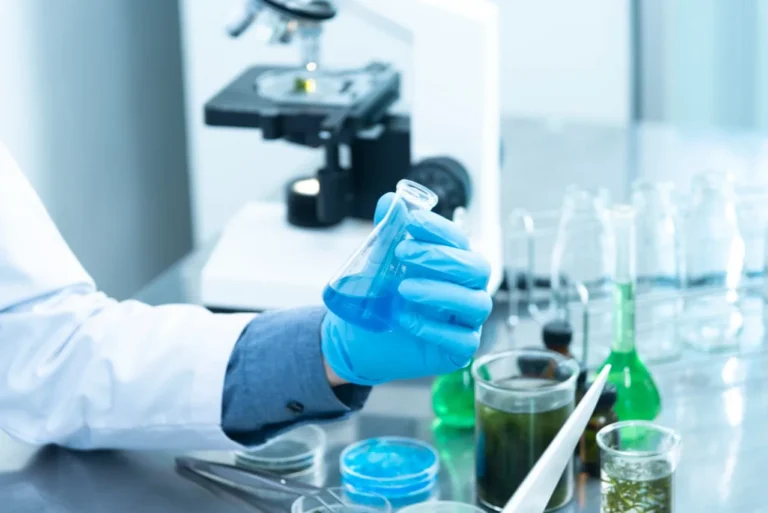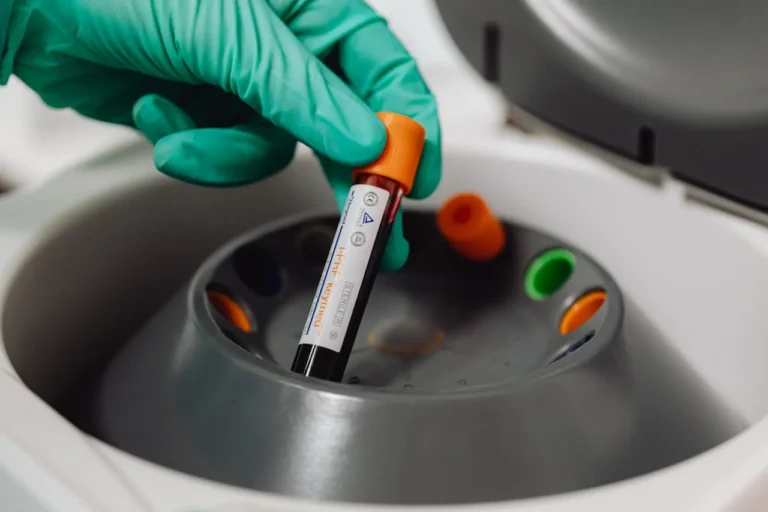
Global Liquid Handling Systems Market Overview and Future Outlook (2025–2030)
The global Liquid Handling Systems Market continues to demonstrate strong growth potential, with its market value estimated at USD 4.34 billion in 2024. Projections indicate that it will reach approximately USD 6.75 billion by 2030, growing at a Compound Annual Growth Rate (CAGR) of 7.64% during the forecast period. This rapid growth reflects increased demand for automation, precision tools, and efficiency in laboratory and clinical settings across the world.
Key Players and Competitive Landscape
The market is marked by the presence of several dominant and emerging companies, with 39 vendors analyzed in the latest global report. Leading companies such as Agilent Technologies, Danaher, Eppendorf, Corning Incorporated, METTLER TOLEDO, Thermo Fisher Scientific, and Tecan Trading AG currently account for the largest share of the global liquid handling systems market.
These top-tier vendors are known for offering high-performance and technologically advanced liquid handling systems that not only meet the growing needs of customers but also comply with stringent regulatory requirements in various regions. Their strategic focus is largely centered on product innovation, research & development, and expansion through mergers and acquisitions.
Many of these companies have a strong global footprint, supported by wide distribution networks, brand loyalty, and deep technical expertise. These attributes give them a competitive edge and enable them to penetrate new markets while consolidating their presence in mature regions. Additionally, companies are investing in automated solutions and AI-powered liquid handling systems to meet the evolving needs of biotech, pharma, and academic research institutions.
Regional Insights: North America Leads the Market
North America currently holds the largest share in the liquid handling systems market, contributing to roughly 30% of the global revenue. The dominance of this region can be attributed to several key factors:
- A high concentration of biotechnology and pharmaceutical companies
- Significant investments in research and development (R&D)
- A strong network of academic and research institutions
- Increasing automation in clinical diagnostics and laboratory workflows
Both the U.S. and Canada are witnessing a rapid increase in demand for lab automation tools. Government funding, combined with private sector investment in biomedical research and diagnostics, has created an ecosystem conducive to the adoption of advanced liquid handling technologies.
North America also leads global expenditure in clinical research and healthcare R&D, which continues to fuel the demand for efficient, high-throughput liquid handling systems. The integration of these systems into genomics, proteomics, and drug discovery pipelines is further cementing the region’s leadership.
Market Trends and Growth Drivers
1. Genomics Revolution and Transformation in Liquid Handling
The evolution of liquid handling systems has had a profound impact on genomics research. From the early days of manual mouth pipetting to today’s automated robotic pipetting systems, the technological journey has drastically improved accuracy, throughput, and safety.
One major milestone in this transition was the introduction of air-displacement mechanical pipettes in the mid-20th century. Today, genomics research is powered by semi-automated and fully automated systems that offer exceptional control and consistency.
Technologies such as Next-generation Sequencing (NGS) have accelerated the pace of genomic analysis, allowing scientists to process vast amounts of data cost-effectively. According to SPT Labtech, advancements in liquid handling platforms are now enabling researchers to scale their genomic experiments with speed and precision, contributing to critical healthcare innovations.
2. Advancements in Microplate Reagent Dispensers
One of the notable technological advancements in the market has been the evolution of microplate reagent dispensers. These instruments are now central to laboratories focused on high-throughput applications, enabling automated and accurate dispensing of reagents across microplates of various formats.
Vendors such as BioTek have been at the forefront of innovation in this domain. Their MultiFlo FX system, for instance, supports microplates ranging from 6-well to 1536-well formats. It is equipped with advanced features such as:
- Automated Media Exchange (AMX)
- Random Access Dispense (RAD)
- Parallel Dispensing Technologies
These innovations help eliminate manual errors, reduce sample cross-contamination, and increase workflow efficiency—key priorities for labs performing assays, cell culture, and drug screening.
3. Critical Role of Liquid Handling in Drug Discovery and Development
Liquid handling systems are integral to almost every stage of the drug discovery and development (DDD) process. From compound preparation to clinical trial testing, the precision and consistency offered by these systems significantly enhance laboratory operations.
Implementing a robust Liquid Handling Quality Assurance (LHQA) program early in the DDD cycle helps pharmaceutical companies improve the reproducibility of their experiments while reducing time and cost. This quality-centric approach also minimizes risk during regulatory submissions and clinical evaluations.
As per the International Federation of Pharmaceutical Manufacturers and Associations (IFPMA), 40–55 new drugs are introduced each year, with over 10,000 compounds currently in development pipelines. These figures underscore the growing importance of reliable and high-throughput liquid handling systems in modern drug pipelines.
4. Accelerating Demand for Lab Automation Post-COVID-19
The COVID-19 pandemic served as a catalyst for the rapid adoption of lab automation and robotic liquid handling systems. With lockdowns and social distancing mandates in place, laboratories were forced to minimize human intervention while maintaining research continuity and diagnostic capabilities.
Post-pandemic, laboratories have increasingly recognized the long-term benefits of automation, including:
- Improved reproducibility
- Reduced reagent waste
- Enhanced operator safety
- Scalability for high-throughput testing
Companies like Gilson Incorporated have reported substantial growth in demand for automated systems since the onset of the pandemic. These systems are now becoming standard infrastructure in both clinical and research laboratories across the globe.







